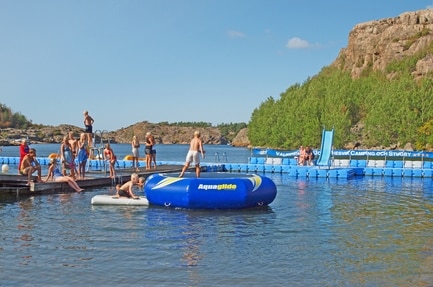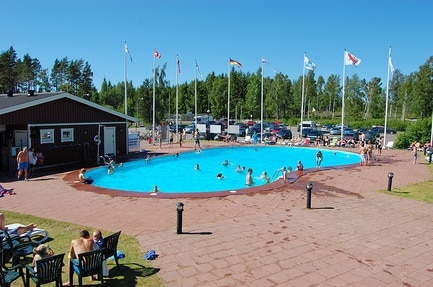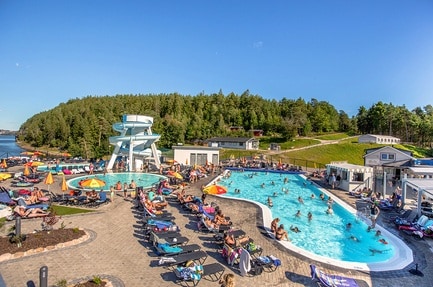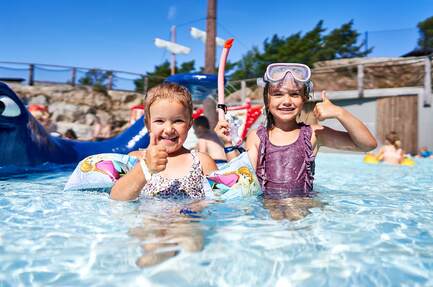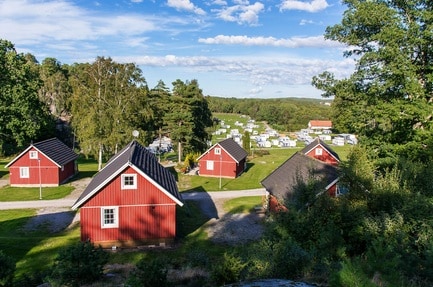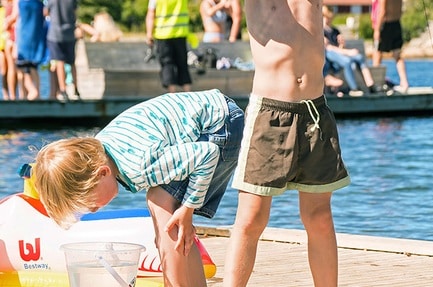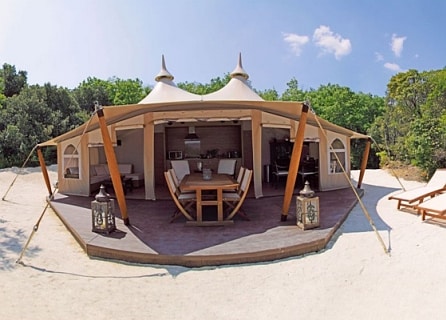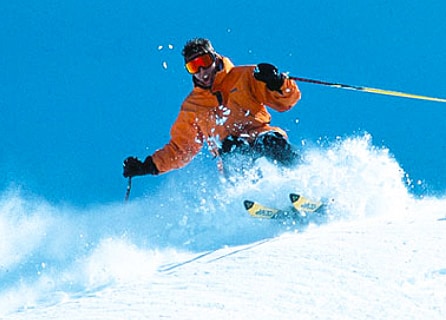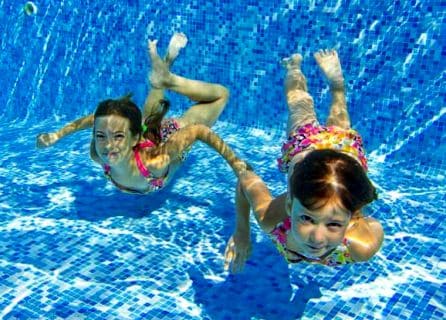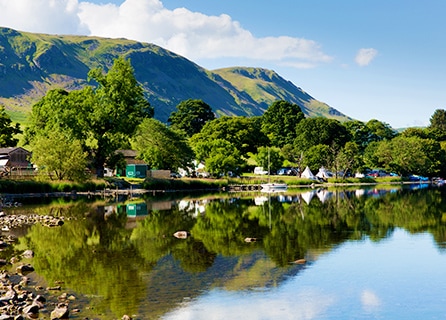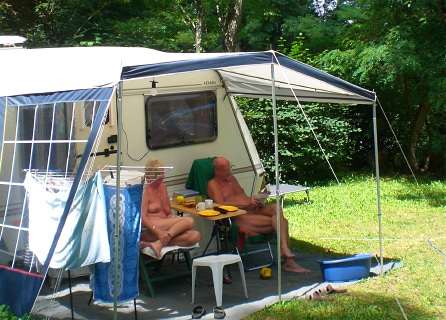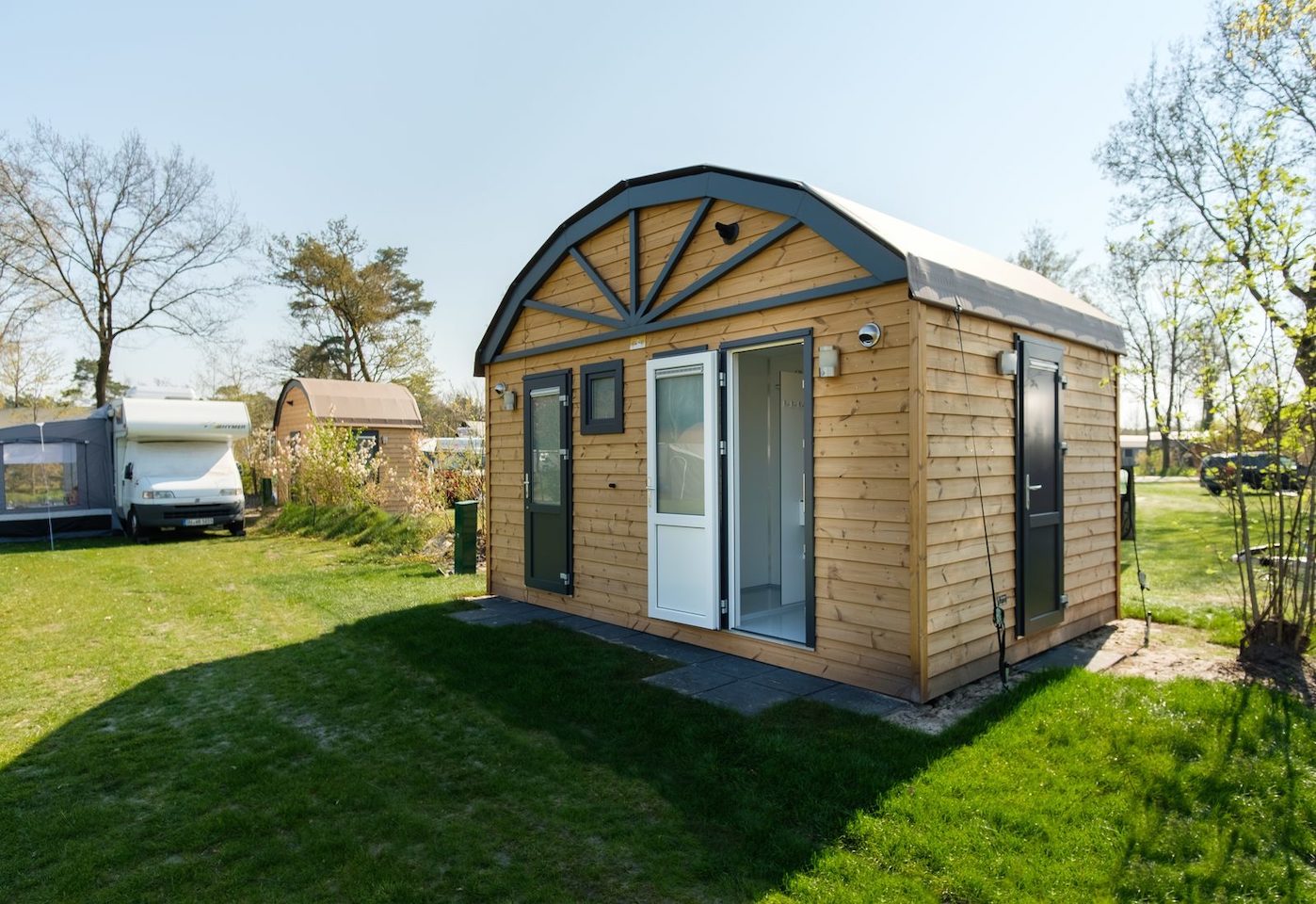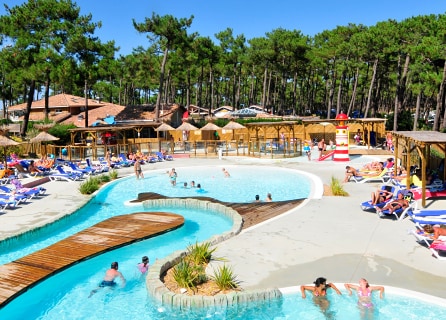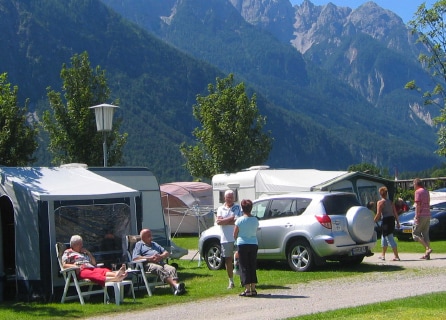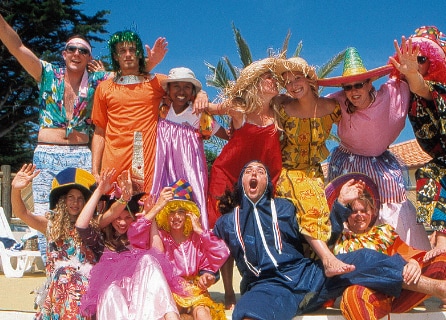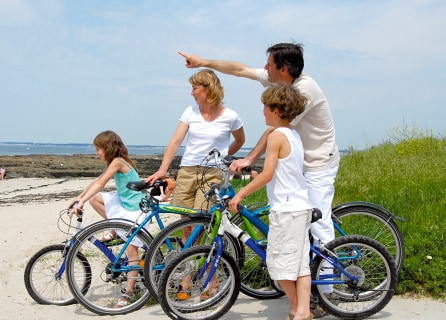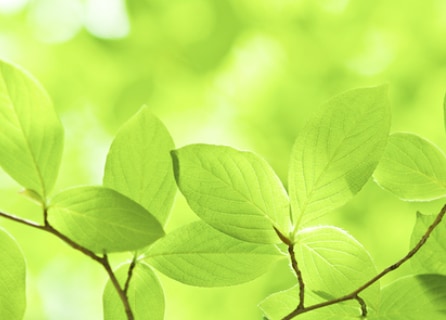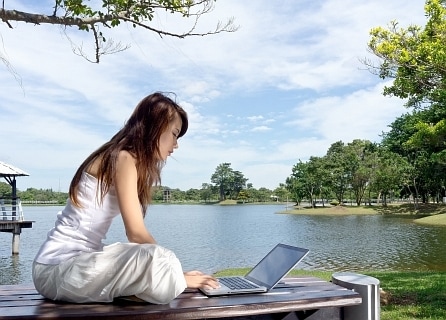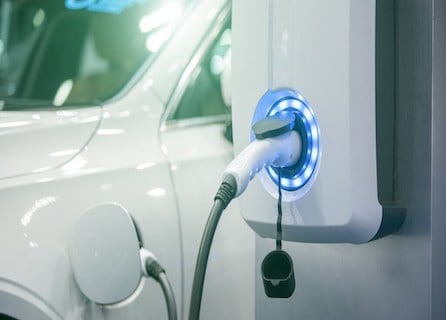
Popular destinations Sweden
Book now: Sweden

Popular campsites: Sweden
Johannesvik Camping & Stugby
Sweden - Västra Götaland - Kungshamn
Camping Johannesvik is a fjord campsite with its own beach between the rocks, including a safe swimming area for small children. The campsite is one...
Mellerud Swe-Camp Vita Sandar
Sweden - Västra Götaland - Mellerud
Situated on the bank of the Vänern, Sweden's largest lake, not far from the village of Mellerud in Dalsland, you will find the sprawling Mellerud...
Camping Hafsten Resort
Sweden - Västra Götaland - Uddevalla
Not far from the town of Uddevalla, you will find Camping Hafsten Resort on a peninsula in the western archipelago. In addition to the terraced...
Camping Daftö Resort
Sweden - Västra Götaland - Strömstad
The Swedish Daftö Resort is a luxury 5-star campsite in a region (Bohuslän) characterised by sea, beach, sand, rocks and woodlands. The terraced campsite is...
Seläter Camping
Sweden - Västra Götaland - Strömstad
Seläter is a quiet campsite for nature lovers and active beach visitors. The campsite is situated in a pristine landscape on the west coast of...


